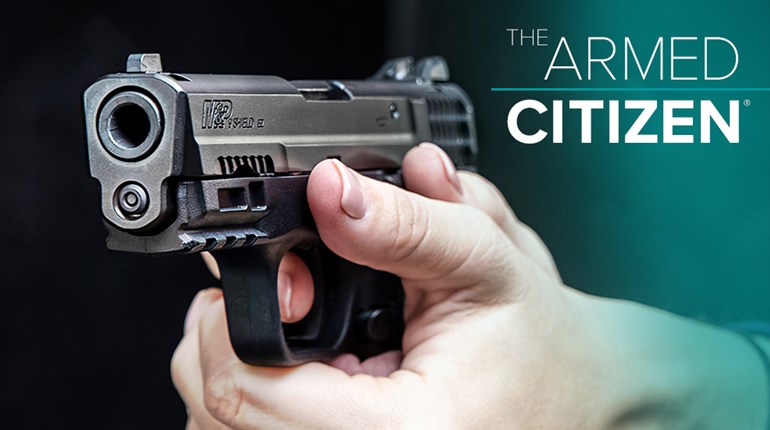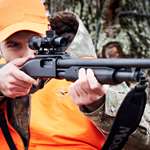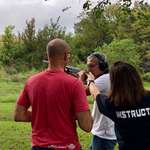
Tenacity isn’t something you’re just born with. It’s a decision—a decision to fight after others would give up, to hold on with everything you’ve got and leave your mark on whatever you do. Tenacity takes a desire and willingness to make things happen, and a determination to stand your ground and dig in. Here are some things you can do to grow your tenacity and stay in the fight, no matter what that fight is.
.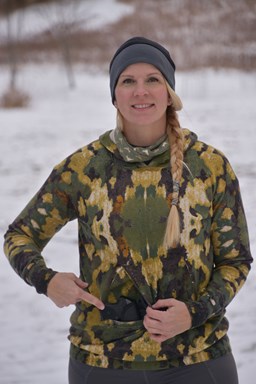 Ask Questions—but Know the Answers
Ask Questions—but Know the Answers
From dealing with someone who treats you poorly, to fighting for your very life, deciding to stay in any fight is a conscious decision that takes mental strength. Achieving mental strength starts with developing a plan and knowing what questions to ask before you are faced with a fight where tenacity is going to help you come out on top.
Often the best way to win an argument or tackle a problem is to know your opponent’s answer and have a counter-argument ready. The best way to beat someone at chess is to see and think several moves ahead to force the opponent to make the moves you want them to make.
When dealing with any situation that you need to “win,” figure out what questions you need answered. Then, find the answers. If the answers lie with other people, determine how you need others to answer, and do your best to steer them to the answers you want. This doesn’t mean drop hints, it means purposeful and intentional direction of conversations to get the answers we want.
You can even let people know you’re setting them up; sometimes the knowledge that you are positioning yourself and ready to lay a blow is enough to cause an opponent to comply with your desires. Maybe the “blow” is just putting your adversary on the spot and making them uncomfortable with knowing that you are already anticipating their next move.
Maybe it’s a discussion with a healthcare worker that you want to give you access to a test or therapy, letting them know that you see the goal you need, and that you know their duty is to guide you to care, and that you expect them to act in a way that gets you access to care.
Having considered questions and answers and what you will be faced with helps you map out your problem, but in mapping that, you will see a clearer plan for how to best tackle it and get the outcome you want.
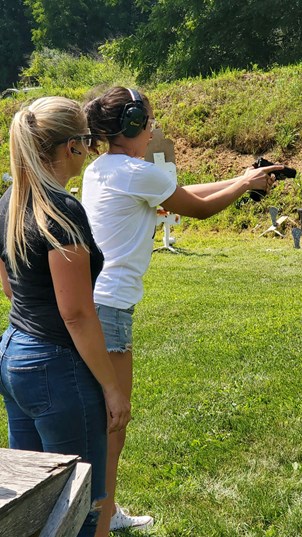
Maybe the question you need answered is, “Who is following me down the street?” If you suspect someone is following you (you’re asking yourself questions internally) and you change course to the nearest public place (you realize the answer might be that you’re being followed and the person has ill intentions). By asking who, what, why in your head and knowing that you want the person to “play their hand,” you can choose a method of dealing with the situation. You can do this in a public place where you are able to stop and confront them. Perhaps you just stop and take their photo as you take a photo of a building, letting them see you capture their face. Or maybe it needs to be more bold, and you walk up to a security guard and say, “I think this person is following me.” No matter what you do, you asked questions, took action, and forced an answer, directly or indirectly.
Have a Plan
Most of us have heard the quote, “Have a plan to kill everyone you meet.” It’s a statement that is a bit over-the-top. It’s an exaggeration of the idea that in a self-defense scenario, you should be mentally ready to do whatever it takes to protect yourself or your family. It is a perspective that should be considered by anyone who wants to come out of any fight on top.
Just having a plan means you are actively trying to problem-solve and think about how to achieve the outcomes you want. A plan for safety on your commute to work or home preparedness means that you likely have asked questions, set goals and are mentally ready to do what it takes to achieve your goals. It sounds a bit extreme to think about every task in life as something to have a plan for, but you could think of it like “thin slicing” that “ very quick inferences about the state, characteristics or details of an individual or situation with minimal amounts of information. … are similar to those judgments based on much more information.”
Actively thinking about everything going on around you and not being buried in your phone or other distractions can help us to “thin slice” the cues around us from simple situations like how you get from your car to an elevator in a parking garage or how to draw your firearm from an awkward position. Forming a plan means you are thinking about obstacles, challenges and possibilities and ways to overcome them.
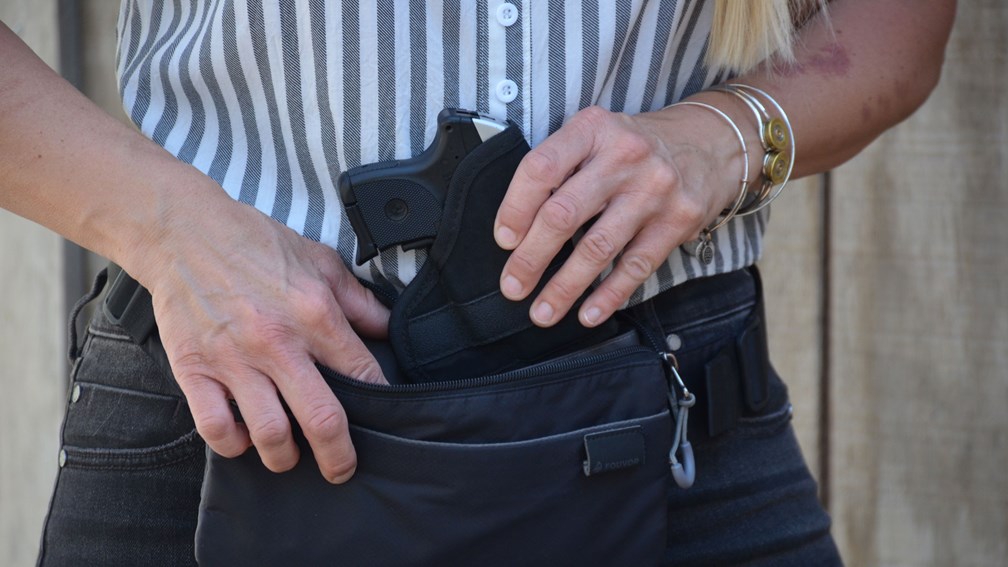
Go Further
Besides asking questions and having a plan to take any and all action necessary, being tenacious means you are willing to go further than others will. If you had to pick out easy prey, you’d probably look for the distracted, fragile, lone person instead of the confident group of people who look like they’d put up a fight. So be prepared to “be a fight” from your mental preparation and alertness to your physical composure, and if a fight comes, be that person who has already decided they’re not going to stop.
This sounds a bit extreme. Maybe it’s just that you’re going to go further and drive your friend to her house instead of letting her walk home. Or going further could be that you aren’t shy about walking up to a store clerk or security guard and asking for help or accompaniment to walk to your car in a garage. Maybe being willing to go further looks like you’re going to go through the hoops to obtain a concealed-carry license, or back up your gun with pepper spray or a taser.
Being tenacious doesn’t mean you have to be over-the-top and on edge about everything you do. Being tenacious just might look like you’re the person who thinks ahead, asks questions, forms a plan and takes action—even preventative action—that positions you to be one tough target for indiscriminate fate or predators of any form.












